
Bruce Bower
Behavioral Sciences Writer, Science News
Bruce Bower has written about the behavioral sciences since 1984. He often writes about psychology, anthropology, archaeology and mental health issues. Bruce has a master's degree in psychology from Pepperdine University and a master's degree in journalism from the University of Missouri. Following an internship at Science News in 1981, he worked as a reporter at Psychiatric News, a publication of the American Psychiatric Association, until joining Science News as a staff writer. In 1996, the American Psychological Association appointed Bruce a Science Writer Fellow, with a grant to visit psychological scientists of his own choosing. Early stints as an aide in a day school for children and teenagers with severe psychological problems and as a counselor in a drug diversion center provided Bruce with a surprisingly good background for a career in science journalism.

All Stories by Bruce Bower
-
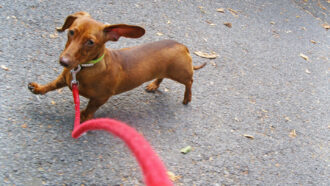 Archaeology
ArchaeologyHarsh Ice Age winters may have helped turn wolves into dogs
In the Ice Age, Arctic hunters may have turned to some game for their fatty bones. Much of those animals’ meat might have been left to domesticate dogs.
-
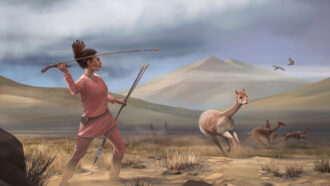 Archaeology
ArchaeologyThis prehistoric woman from Peru hunted big game
Women in the Americas speared large prey as early as 9,000 years ago, new archaeological evidence suggests.
-
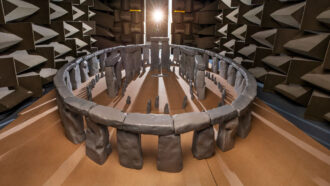 Archaeology
ArchaeologyStonehenge enhanced voices and music within the stone ring
Scientists built a 'Stonehenge Lego' model in a sound chamber to study how sound would have behaved in the ancient stone circle.
-
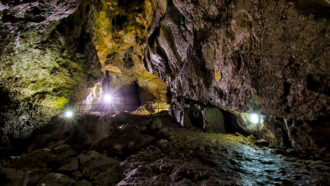 Archaeology
ArchaeologyThis cave hosted the oldest known human remains in Europe
Bone fragments, tools and other finds in Bulgaria suggest that Homo sapiens moved rapidly into Eurasia as early as 46,000 years ago.
-
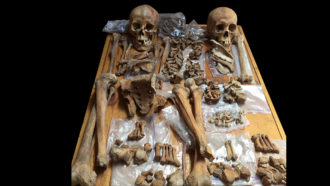 Humans
HumansSkeletons hint that ancient societies had women warriors
Some women in North American hunter-gatherer societies and Mongolian herding groups may have been warriors.
-
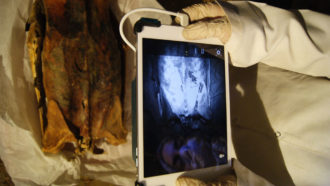 Archaeology
ArchaeologyAncient Egyptian mummy tattoos come to light
A range of markings discovered on female mummies are challenging ideas about tattoo traditions in ancient Egypt.
-
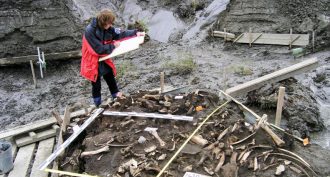 Humans
HumansDNA reveals clues to the Siberian ancestors of the first Americans
Researchers discovered a previously unknown population of Ice Age people who crossed the Asia-North America land bridge.
-
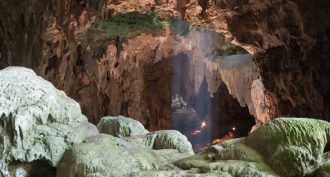 Archaeology
ArchaeologyFossils from a Philippine cave may come from a new human-like species
Ancient fossils from a Philippine cave may come from a new human-like species, which scientists have dubbed Homo luzonensis.
-
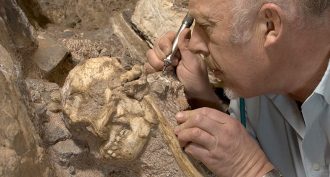 Fossils
FossilsA skeleton named ‘Little Foot’ causes big debate
New studies suggest a fossil hominid called Little Foot belongs to the species Australopithecus prometheus. Other scientists question whether such a species exists.
-
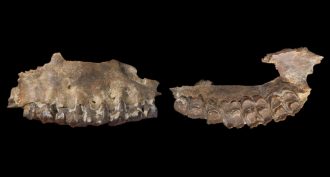 Archaeology
ArchaeologyFossils hint ancient humans passed through a green Arabia
Hundreds of thousands of years ago, migrating humans passed through the Arabian Peninsula, a study shows. Instead of desert, they found green grass.
-
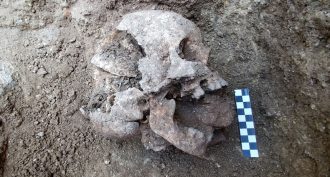 Archaeology
ArchaeologyAncient child’s ‘vampire burial’ suggests Romans feared the walking dead
A 10-year-old skeleton in a Roman cemetery had a stone placed in its mouth. It was to prevent this child from rising from the dead, a study reports.
-
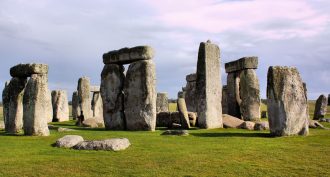 Archaeology
ArchaeologyCremated remains hint at who was buried at Stonehenge
A chemical analysis shows that people carried bodies from far away to be buried at the mysterious ancient monument known as Stonehenge.